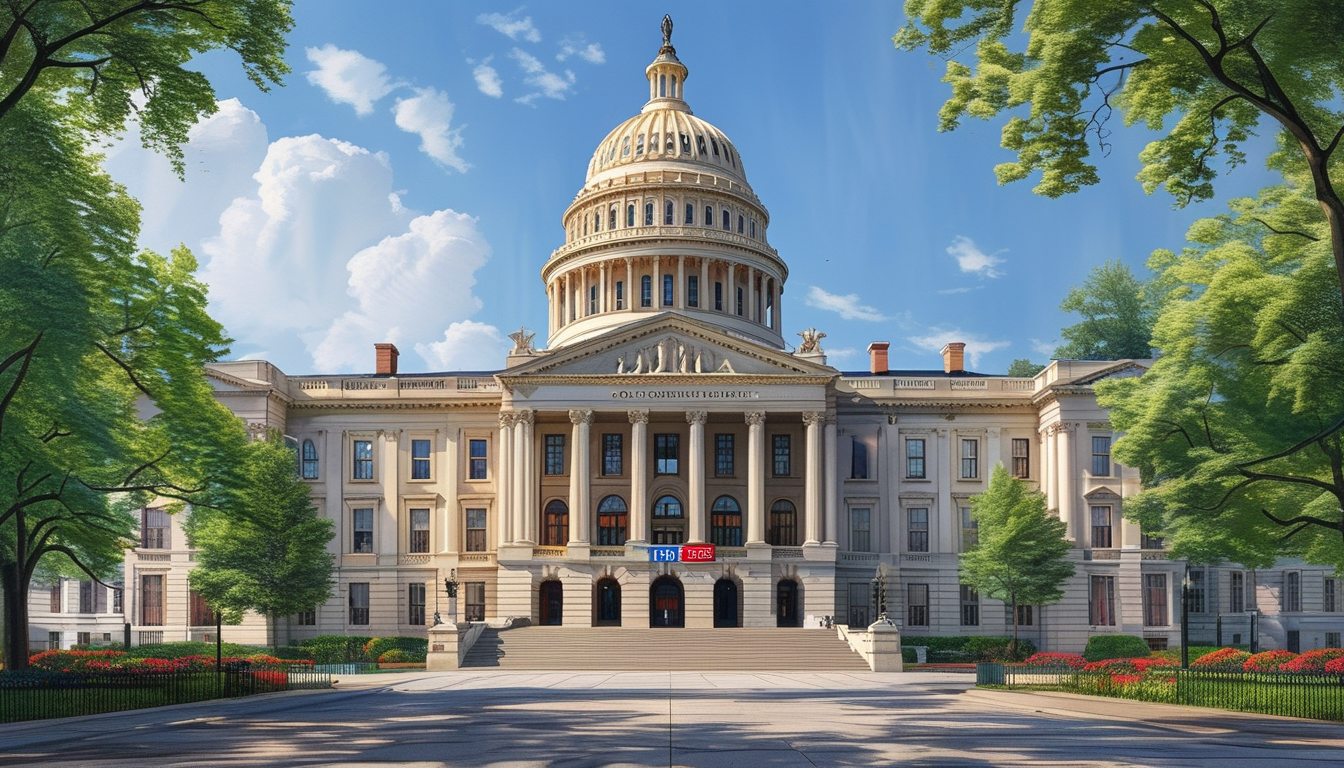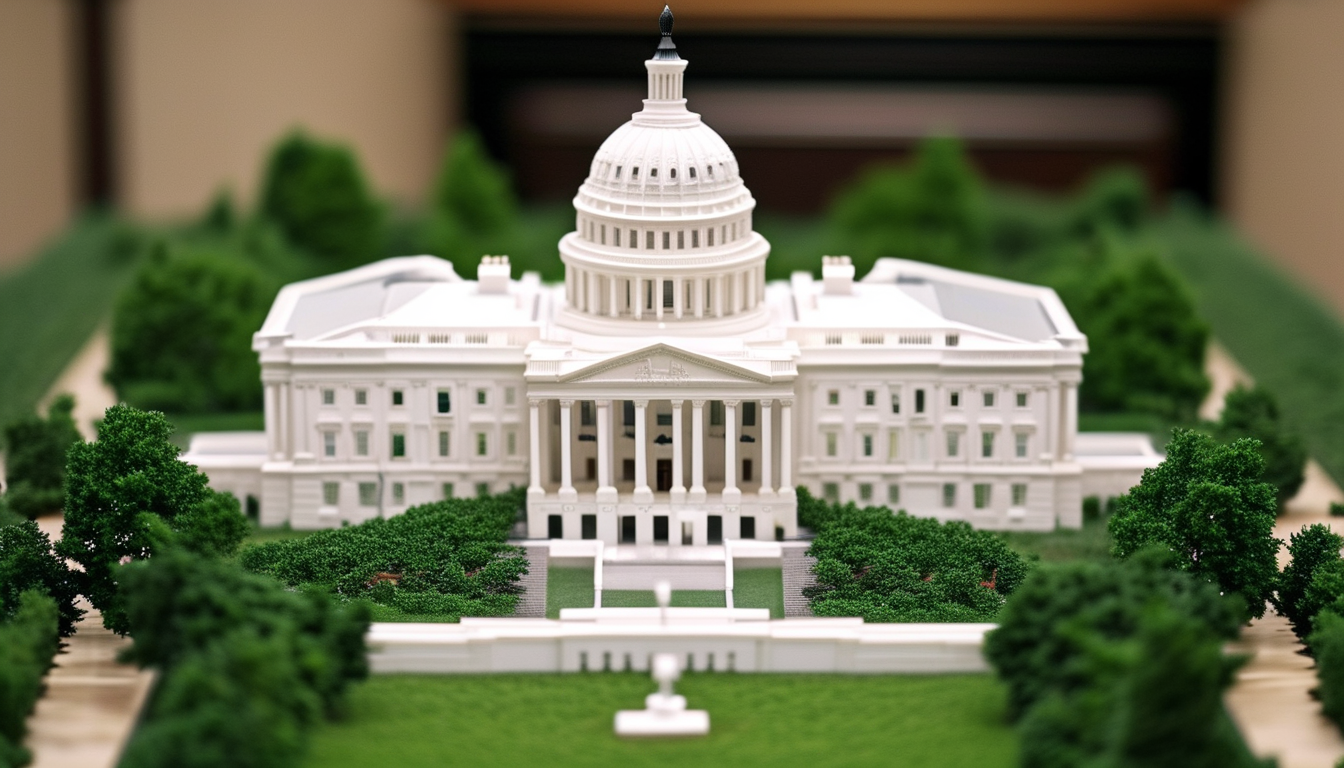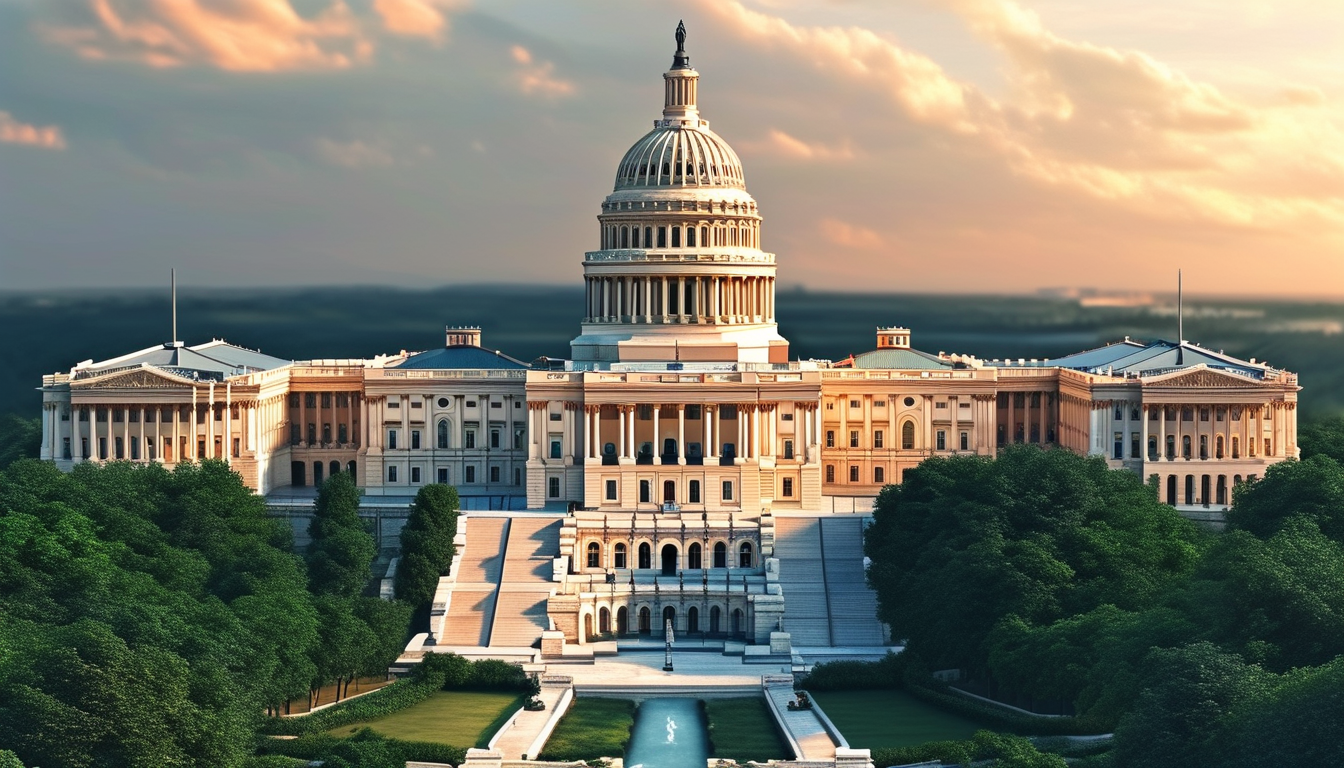A notice posted on the U.S. Department of Agriculture’s website states that no federal food aid will be distributed on Nov. 1, signaling a potential interruption to the Supplemental Nutrition Assistance Program (SNAP) and related nutrition programs unless funding questions are resolved. The posting, attributed to the Trump administration, immediately raised concerns among states, anti-hunger organizations, retailers, and the millions of households that rely on monthly benefits.
SNAP, the largest federal nutrition program, provides benefits to low-income individuals and families through electronic benefit transfer cards that are typically refilled on a regular monthly schedule determined by each state. Federal dollars flow from USDA to states and then to beneficiaries and retailers. Without appropriations or other approved funding mechanisms, USDA is limited by federal budget law in what it can disburse, a constraint rooted in the Antideficiency Act.
Any disruption would have cascading effects. Households budget food purchases around expected issuance dates; grocery stores stock and staff around benefit cycles; and states plan administrative operations months in advance. Even short delays can lead to overcrowded food banks, reduced sales for retailers in low-income communities, and administrative strain on state agencies as they adjust issuance schedules and public communications.
USDA contingency planning documents typically describe how nutrition programs operate during funding lapses, including whether states can draw on carryover balances or whether benefits can be issued early to bridge gaps. However, the notice’s language that no federal food aid will go out on Nov. 1 points to a hard stop absent a legislative fix or alternative authority. In previous funding standoffs, USDA has sometimes shifted issuance timing or utilized available balances to minimize disruption, but those options are limited and time-bound.
Congress ultimately controls whether and when funds are available. If lawmakers approve appropriations or a short-term continuing resolution, USDA could proceed with scheduled distributions. Without action, states would have to notify recipients and retailers about changes to issuance dates, and administrators would prepare for a spike in inquiries from beneficiaries and grocers.
Anti-hunger advocates and some lawmakers typically warn that interruptions disproportionately affect households with children, seniors, and people with disabilities. Retailers, especially smaller grocers, often report significant revenue swings tied to SNAP cycles, making planning difficult when federal timelines are uncertain. State agencies, for their part, face legal and operational constraints in changing issuance calendars on short notice.
What happens next will depend on whether Congress and the administration resolve the funding question before the end of the month, and whether USDA can legally adjust timing or rely on any remaining balances to cushion the impact. Until there is clarity, states and beneficiaries are preparing for the possibility that November benefits could be delayed or withheld if the posted USDA guidance stands.












Leave a Reply